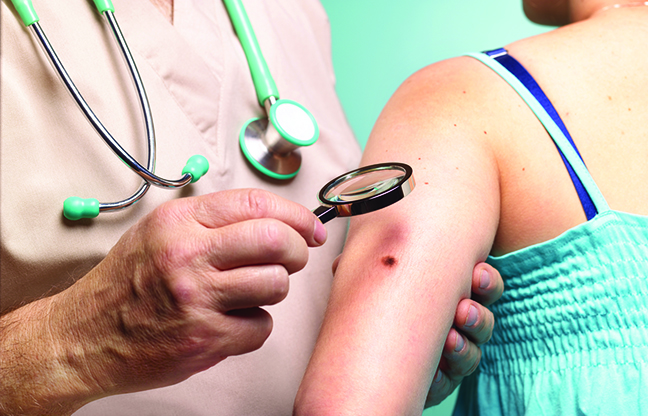Ditch the spoons, milliliters are now what it’s all aboutSpring weather can create hazards out on the water - Ditch the spoons, milliliters are now what it’s all about
Measuring liquid medications with household spoons might seem convenient, but it can lead to serious dosing mistakes. Using milliliter (mL)-only dosing helps ensure safer and more accurate medication measurements, for children and families.
Using milliliters for dosing liquid medications is important, because it ensures we’re getting the patient the correct dose,” said Olivia Bishop, a pharmacy resident. “If we’re not measuring it correctly, we can either be overdosing our patients, which puts them at risk of side effects or underdosing, which means the infection or issue we’re treating isn’t being addressed.”
Oral liquid medications are involved in more than 80 percent of pediatric home medication errors, according to the American Academy of Pediatrics (AAP). This statistic highlights the importance of standardized dosing practices, to prevent potentially serious consequences.
To support national guidelines, pharmacies provide tools like oral syringes, with clear milliliter markings, to help caregivers measure medications accurately.
“You want to make sure you’re using a device that has lines for milliliters, so you know you’re getting the exact dose,” said Bishop. “And always measure at eye level, if you’re using a dosing cup.”
If caregivers are unsure about how to measure medications correctly, pharmacists are available to provide guidance.
“You can always ask your pharmacist to walk you through the process,” said Bishop. “If you’re nervous about using an oral syringe or dosing cup for the first time, you can even practice with water, to make sure you’re comfortable.”
Many pharmacies have also implemented mL-only instructions on prescription labels, to further enhance clarity and accuracy. This approach helps caregivers avoid common mistakes, such as misreading units or misusing household utensils.
“You always want to double-check the label and the amount you drew up, to make sure it matches the
prescribed dose,” said Bishop. “This is especially important when dosing for pediatric patients. If you’re ever unsure, contact your doctor or pharmacist. We’re here to help.”


